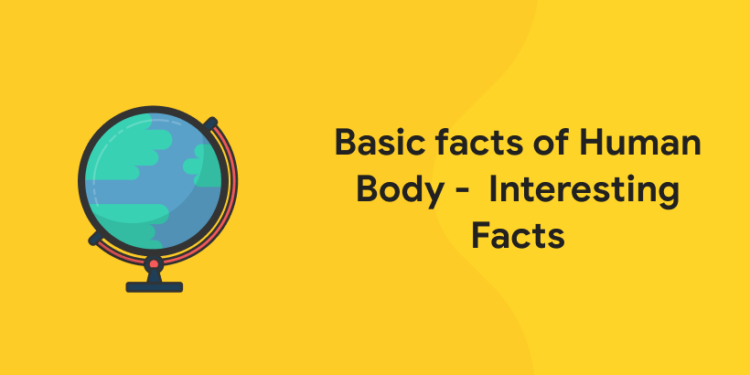Table of Contents
The human body is everything that makes up you. What regulates and decides the physical form and function of the human body is our genetic information, however, external environments and behaviours can change the way our body’s look and how well they operate, according to Human Growth and Developments.
The human body is made up of all the living and nonliving element that make the whole structure of the human organism, including every living cell, tissue and organ.
On the outside human anatomy comprises of the five basic parts, the head, neck, torso, arms and legs. Anyhow, under the skin there are numerous biological and chemical interactions that keep the human body machine ticking over.
Attempt Free GK Test! Download Entri App!
WHAT ARE THE DIFFERENT SYSTEMS IN THE HUMAN BODY?
Our body consist of a number of biological systems that carry out particular functions required for everyday living.
Circulatory system
The work of the circulatory system is to pass blood, nutrients, oxygen, carbon dioxide, and hormones, all over the body. It consists of the heart, blood, blood vessels, arteries and veins. According to the Cleveland Clinic, the human body’s network of blood vessels, veins and capillaries is around 60,00 miles (around 96,560 kilometres) long.
Digestive system
The digestive system consists of a sequence of connected organs that together let the body to break down and absorb food, and remove waste. It consists of the mouth, esophagus, stomach, small intestine, large intestine, rectum, and anus. The liver and pancreas also act a role in the digestive system because they create digestive juices filled with enzymes to break down the elements of your food, such as carbohydrates, fats and proteins, according to the National Institute of Diabetes and Digestive and Kidney Diseases.
Endocrine system
The endocrine system comprises of a network of glands that release hormones into the blood. These hormones, in turn, move to different tissues and control different bodily functions, such as metabolism, growth and sexual function, according to Johns Hopkins Medicine. For example, one of the glands in the pancreas – called the endocrine gland – secretes hormones called insulin and glucagon to control blood sugar.
Immune system
The immune system is the body’s defense against bacteria, viruses and other pathogens that may be dangerous. The immune system is triggered when antigens (proteins on the surface of bacteria, fungi and viruses) bind with receptors on immune cells, alerting the body to their presence and kicking the immune system into gear, according to Institute for Quality and Efficiency in Health Care (IQWiG). The system is made up of I lymph nodes, the spleen, bone marrow, lymphocytes (including B-cells and T-cells), the thymus and leukocytes, which are white blood cells.

Lymphatic system
The lymphatic system consists of lymph nodes, lymph ducts and lymph vessels, and also plays a role in the body’s defenses. Its major task is to make and move lymph, a clear fluid that have white blood cells, which help the body fight infection, according to the Cleveland Clinic. The lymphatic system also discards surplus lymph fluid from bodily tissues, and returns it to the blood.
Nervous system
The nervous system regulates both voluntary action (like conscious movement) and involuntary actions (like breathing), and sends signals to various parts of the body. The central nervous system consists of the brain and spinal cord. The peripheral nervous system includes nerves that connect every other part of the body to the central nervous system, according to the National Institute of Child Health and Human Development.
Attempt Free GK Test! Download Entri App!
Muscular system
The body’s muscular system comprises of about 650 muscles that help in movement, blood flow and other bodily functions, according to the Library of Congress. There are three types of muscle: skeletal muscle which is connected to bone and aids with voluntary movement, smooth muscle which is seen inside organs and helps to move substances through organs, and cardiac muscle which is present in the heart and aids pump blood.
Grab Latest Study Materials! Register Here!













